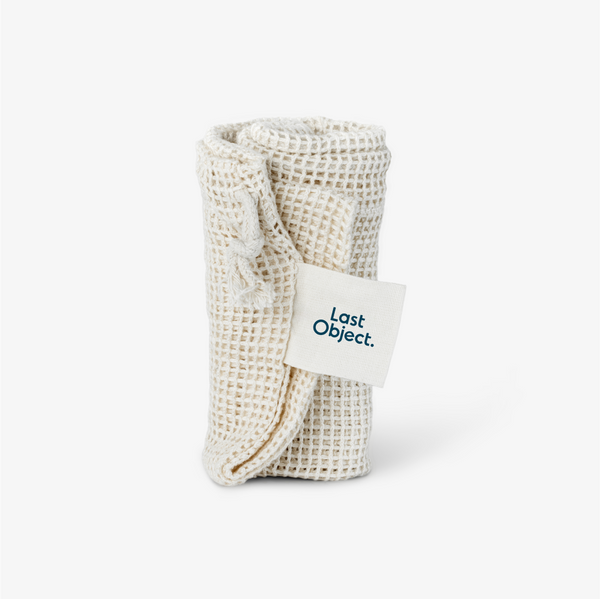Greenwashing: Clean Energy Claims
00 04, 2020Clean energy. Renewables.
Like music to our eco-friendly ear drums. Clean energy and renewables are the future. Heck, they are the now! There’s a lot of energy (no pun intended) moving towards that direction.
This means businesses will want to capitalize on the allure of these beautifully marketable words. Doing so is obviously important when that is exactly what it is, say like...a solar company.
But like words such as “sustainable” and “green”, many energy providers are using these terms even when they are, for the most part, a stretch.
It’s important to get clear on the vocabulary so that we don’t get a false sense of how clean or renewable something actually is.
The iffy ones
Let’s talk about two energy sources that may be pretty clean, maybe even considered renewable by many, but are still pretty iffy: nuclear plants and hydroelectric dams.
Nuclear

Nuclear energy is clean in the sense that it doesn’t emit much of anything into the air. But the highly radioactive waste that is left over, is far from clean. Okay, maybe nuclear waste is clean in the sense that literally nothing can thrive in those conditions, including germs.
But in that case maybe the word we are looking for isn’t clean, it’s death. Woah…..harsh.
Not that these waste materials aren’t being stored responsibly. Plus, the percentage of highly radioactive waste is much lower than the percentage of low radioactive waste, which is most of the waste anyways.
But still, waste is waste and nuclear requires such strict management that takes up space, energy, and can pose some future risks.
Clean as far as emissions go, but far from perfect.
Hydroelectric river dams

Hydroelectric usually receives both the terms clean and renewable, yet like other energy sources, there are still issues with leaning on these words. Especially when it comes to river dams.
Apart from the argument that rivers are meant to be rivers and not dammed up lakes or ponds with unnatural streams after them, there are major issues associated with damming rivers. See movies Damnation and Blue Heart both made by Patagonia.
Dams prevent fish from swimming upstream to spawn while also preventing sediment from flowing downstream to replenish the nutrients needed.
Since all life has evolved locally based on the flow of the river and it’s patterns, altering the river flow has major consequences. Stagnant water means different temperature, soil conditions, oxygen levels, and more.
Dams: are they any better than fossil fuels?
The not so iffy’s
Then there are the energy sources out there that aren’t so iffy when it comes to them being clean or not. And not in the sense that they are completely clean, but in the sense that they are usually the opposite.
Clean coal

This is a term that has been thrown around a lot especially in recent years within the US. Clean coal can mean a lot of different things. Heck, it could even mean just plain ole regular coal and coal burning!
Usually, it means there is some scrubber or technology in place to reduce emissions. Whether those be the standard things like preventing acid rain or mercury, or the less standard like carbon capture.
In recent years, carbon capture tech has been implemented to prevent climate changing emissions like CO2 from entering the atmosphere. A lot of plants have tried to implement this technology, but it oftentimes ends up not being cost effective.
If a coal plant is retrofitted with carbon capturing technology fully reducing emissions, only then, could it possibly be called clean. That is if we don’t take into account how mining, extraction, and processing also impact the planet as well.
Natural gas compared to other fossil fuels

Natural gas has been long revered as a bridge fuel to allow for the transition to renewables. Mostly because of the technology available and it being more efficient/less polluting than coal or other fossil fuels. Which is great!
But calling natural gas a clean fuel...is yet another stretch. Especially when we consider the impacts that extraction has on the environment.
Just because something is better doesn’t mean we should always stop there. Just because something is cleaner, doesn’t make it clean enough. Sending carbon into the air for energy on any level, doesn’t make much sense in an ever growing world.

To an extent, words like clean can even put too much false confidence into sources like solar and wind. Because even though they are in fact very clean once made, they still require raw metals and materials in order to be manufactured.
This is why it is important for us to still reduce our energy demands and waste. Because everything has an impact on the planet, even those drool worthy solar panels.
While many things may be more sustainable, cleaner, or more efficient than their previous versions, this doesn’t mean we should pretend that they don’t have any impact at all. Some may even be far from clean or sustainable. Some are pretty close.
It’s important for us to do the work right now and learn. To look underneath the words of companies. This will save us time, energy, and stress down the line when we have less time to act.
MORE Sustainability 101 ARTICLES View all ›
Ready to make
the switch?
- Powerful Cleaning
- Dissolves Easily
- Skin-Friendly
- Eco-Friendly
- No Mess















